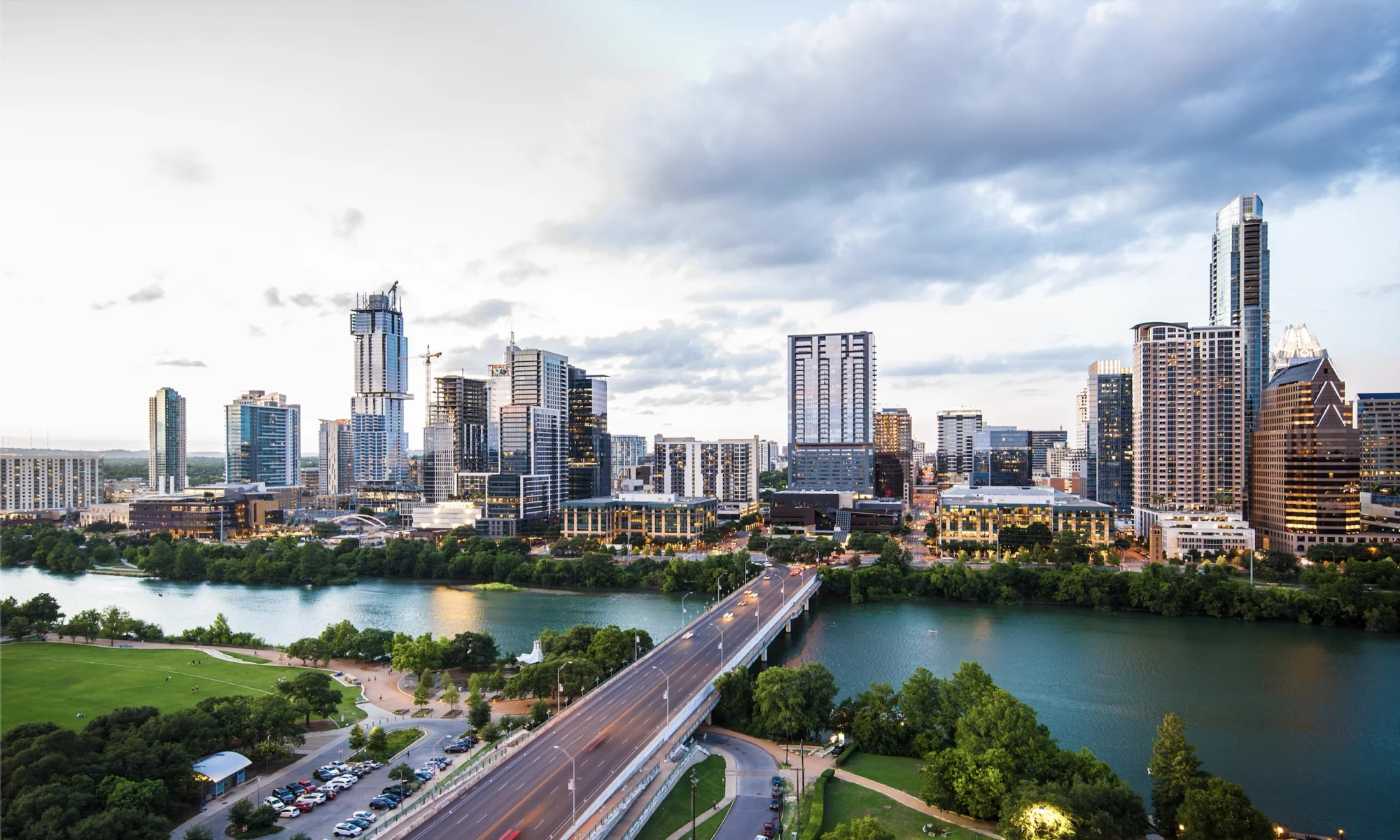AURA is pleased with the CapMetro’s announcement of a renewed focus on the user experience of the bus system. The staff presentation at the June 25, 2018 CapMetro board meeting mentioned an array of improvements, including stop upgrades, schedule optimization, and service reliability. We are especially excited for shelters that actually shelter: shade screens at bus stops are essential in a Texas summer. (Or a Texas Fall, or a Texas Spring, for that matter.) But, after years of a focus on suburban and “choice riders” it is refreshing to see commitment to the city’s humblest, most important transit mode.
Buses are the workhorses of public transit in America, where in every city except New York and Atlanta buses carry more passengers annually than rail. This is certainly true in Austin, where there are 31 trips by bus for every trip by rail. Even if Project Connect proposes and implements a region-wide light rail system, buses will continue to carry more passengers in Austin than rail for decades to come. Thus, investment in buses is investment in the future of transit.
Cap Remap is another aspect of that investment. While there are tradeoffs in service, AURA’s position is that frequent routes work substantially better than the system of infrequent, more indirect routes they replaced. CapMetro’s recent adjustment to Route 350 shows that they are taking seriously the need to fine tune the system to address problems.
The City of Austin must step up and also commit to investment in Austin’s principal mode of transit. AURA again calls on Austin transportation department to dedicate right of way to transit, starting with extending transit priority lanes from downtown past UT as envisioned in the Guadalupe corridor plan. Going forward, we would like to see the Strategic Mobility Plan contain a robust policy of transit priority across the city. In addition, because every transit trip starts and ends with walking, the city must invest in safer streets, safer crossings, and a full sidewalk network.
We also call on CTRMA and TXDOT to use their vast resources to meaningfully improve transit in the region. CTRMA has built shared use paths alongside their toll roads, and allows CapMetro buses on their express lanes on MoPAC and this is good, but small in the grand scheme of their capabilities. For the cost overrun on the MoPAC express lanes alone, CTRMA could have funded the entire city of Austin bike master plan. Similarly, for the cost of rebuilding one overpass over I-35, TXDOT could build 80 miles of sidewalk.
CapMetro’s announcement is important and encouraging, but it is just the start. It will require ongoing cooperation and dedication from the city and the regional mobility agencies to create a modern bus system and a truly multimodal city.
